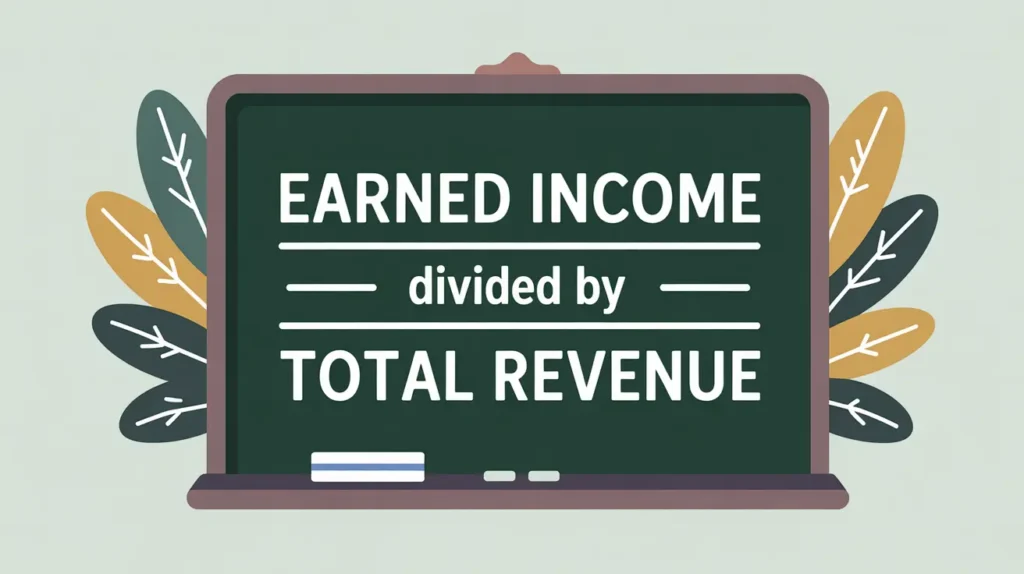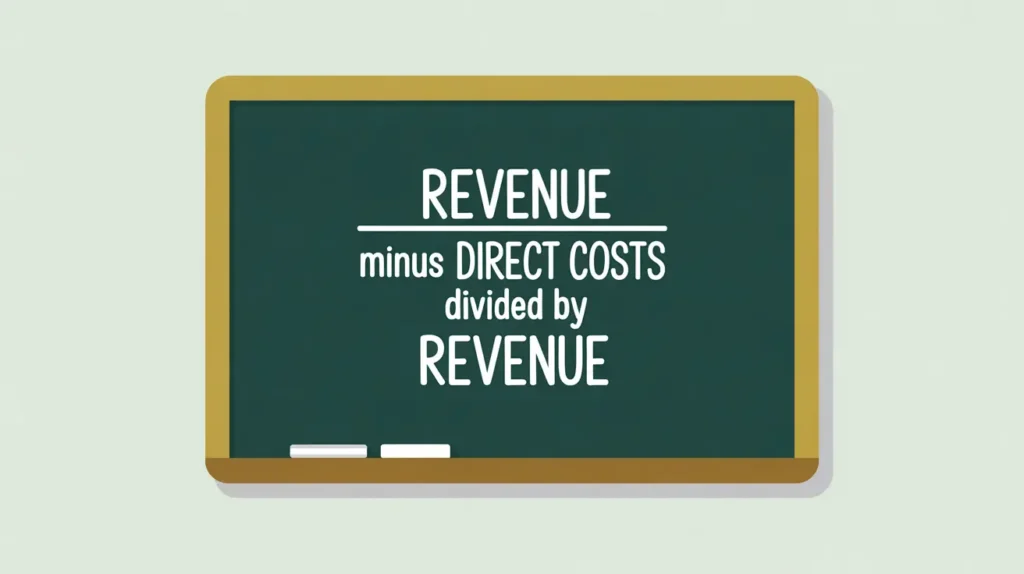Importance of Increase/Decrease in Net Assets
The increase or decrease in net assets is one of the most important indicators of a nonprofit’s overall financial performance in a given reporting period. It represents the bottom-line result of revenues, expenses, gains, and losses across both restricted and unrestricted categories. For nonprofits in social innovation and international development, this measure signals whether the organization is growing its financial base, maintaining stability, or depleting resources. Donors, boards, and regulators pay close attention to this figure as it provides a clear snapshot of sustainability. A consistent increase in net assets demonstrates capacity to invest in mission and resilience, while a persistent decrease may highlight structural funding gaps or overreliance on restricted income.
Definition and Features
Increase or decrease in net assets is reported at the bottom of the Statement of Activities. It is calculated by subtracting total expenses and losses from total revenues and gains, across both “with donor restrictions” and “without donor restrictions.” A positive number indicates that revenues exceeded expenses, leading to an increase in net assets, while a negative number reflects a shortfall. Unlike changes in specific categories of net assets, this measure captures the organization’s overall performance, providing a comprehensive view of its financial trajectory. It differs from cash flow, which focuses on liquidity, and from the balance sheet, which shows assets and liabilities at a point in time.
How This Works in Practice
In practice, nonprofits monitor increases or decreases in net assets as a core indicator of long-term health. For example, a nonprofit may report an increase in net assets if contributions, grants, and investment returns exceed program, fundraising, and administrative costs for the year. Conversely, a decrease may result from program expansions funded by reserves, unexpected expense growth, or shortfalls in donor funding. Finance teams often analyze these changes in the context of budget projections, donor restrictions, and strategic plans. A one-time decrease may be strategic, such as drawing down reserves for a capital project, while ongoing deficits may point to structural weaknesses. Boards use this measure to make governance decisions about program expansion, cost control, and risk management.
Implications for Social Innovation
For organizations in social innovation and international development, the increase or decrease in net assets provides essential insight into sustainability. Increases show the ability to attract and retain resources, build reserves, and invest in innovation, while decreases may highlight dependency on restricted project funding or external shocks such as delayed disbursements. Transparent reporting of this figure reduces information asymmetry by clarifying whether an organization is living within its means and how financial outcomes align with mission priorities. Stakeholders can distinguish between healthy, intentional use of reserves and problematic deficits that undermine sustainability. By communicating the meaning behind changes in net assets, nonprofits reinforce trust and demonstrate the financial stewardship needed to drive long-term social impact.







